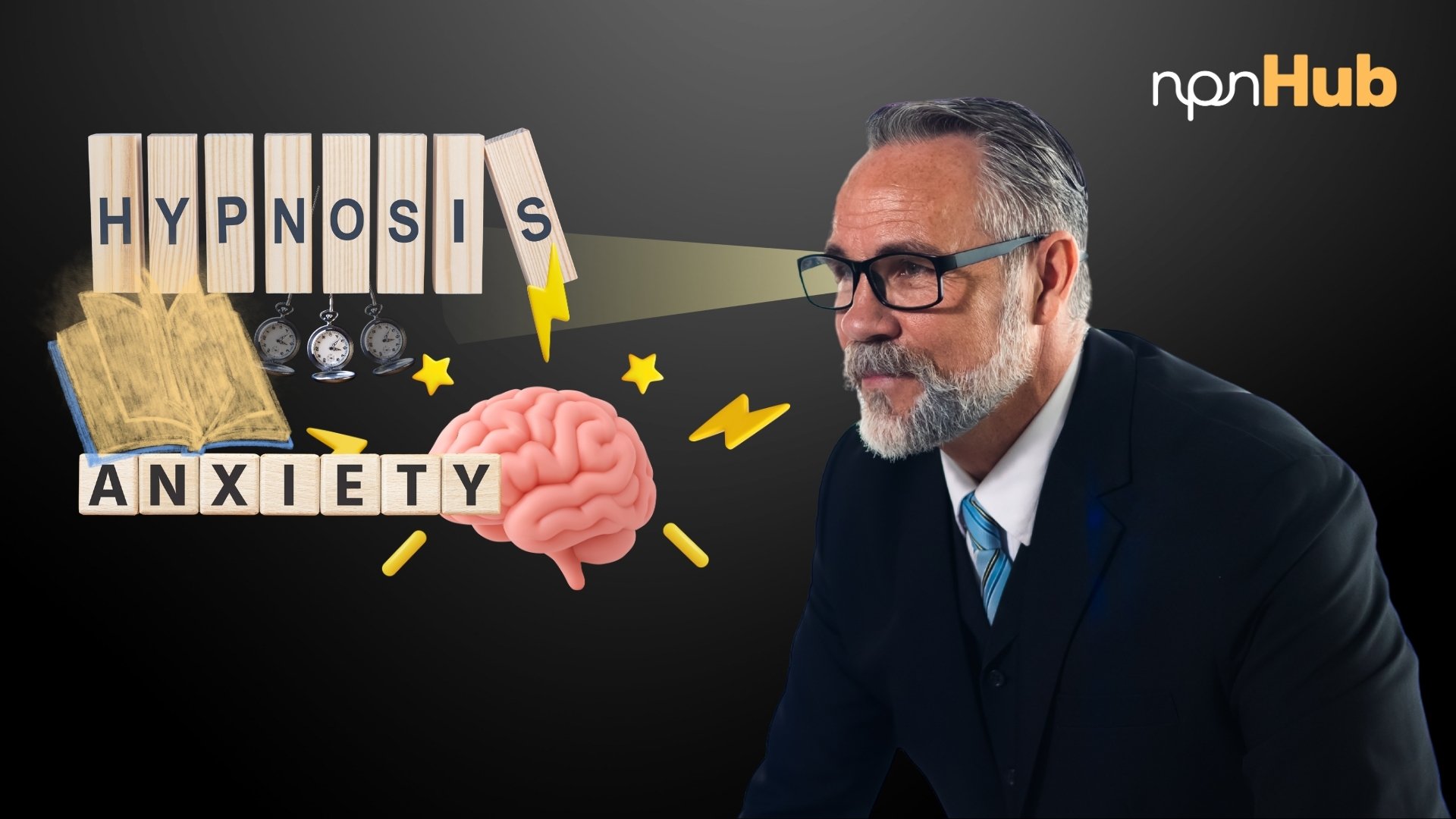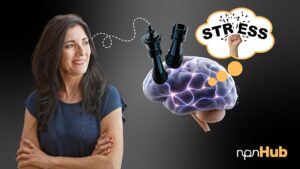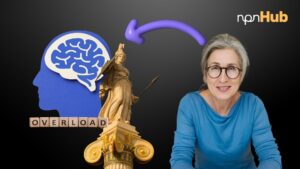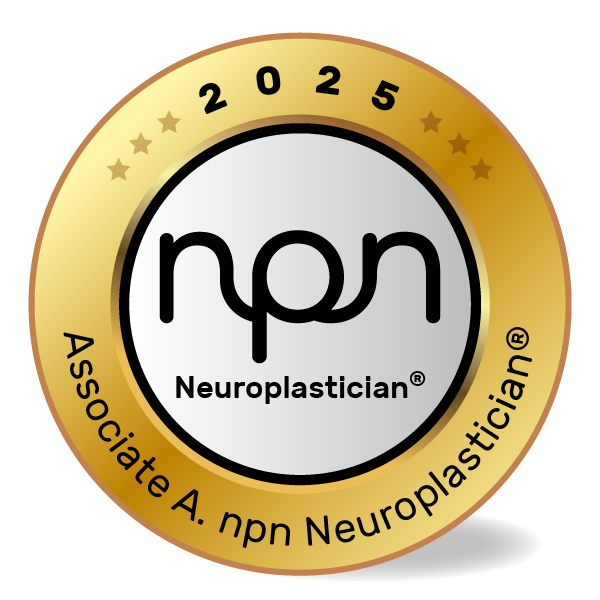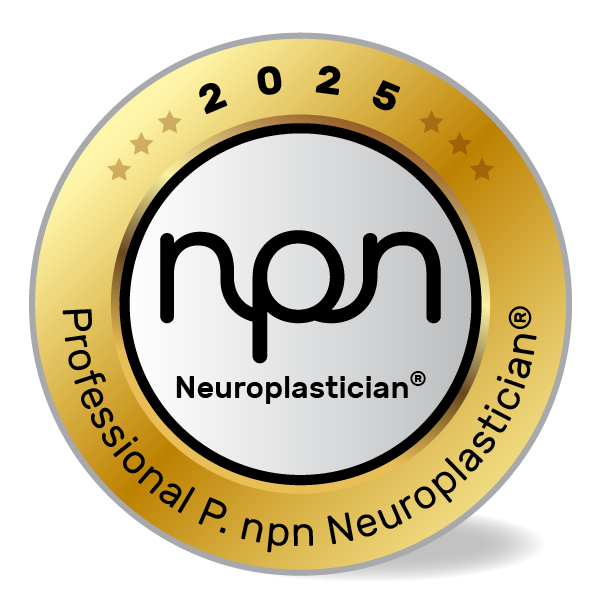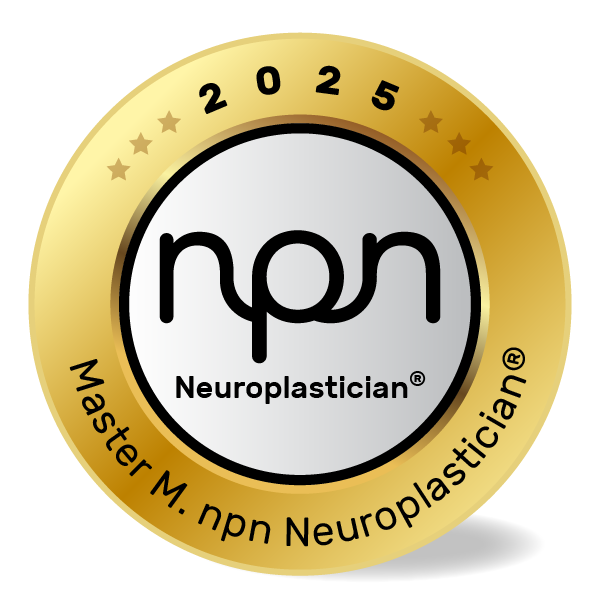How Hypnosis Rewires the Anxious Brain and Restores Mind-Body Balance
npnHub Editorial Member: Dr. Justin Kennedy curated this blog
Key Points
- Health anxiety involves overactivation of fear and body-monitoring brain networks.
- Hypnosis engages attention and imagination to reshape these networks through neuroplasticity.
- Brain imaging shows hypnosis alters activity in the anterior cingulate cortex, insula, and prefrontal cortex – regions central to anxiety.
- Practitioners can combine hypnosis with coaching, therapy, and mindfulness for stronger outcomes.
- Neuroplasticity ensures hypnosis can create lasting changes in thought patterns and emotional regulation.
1. What is Health Anxiety and How Can Hypnosis Help?
Picture a client who frequently visits their doctor, convinced that every headache signals a brain tumor. They’ve read endless health blogs, checked their pulse dozens of times a day, and avoided exercise for fear of sudden heart failure. A practitioner gently introduces hypnosis, guiding the client into a calm, focused state where anxious thoughts feel less overwhelming.
This is not a clinical case but a common scenario that illustrates the struggle of health anxiety, sometimes called illness anxiety disorder. It’s the persistent worry of having or developing a serious medical condition, even in the absence of clear symptoms.
Hypnosis, a state of focused attention and heightened suggestibility, offers an avenue for rewiring these fear circuits. Research from Stanford University’s David Spiegel has shown that hypnosis can alter brain connectivity, particularly between executive and emotional control networks (Spiegel et al., 2016, Cerebral Cortex).
In essence, hypnosis allows the anxious brain to rehearse new responses, creating healthier neural pathways.
2. The Neuroscience of Hypnosis and Health Anxiety
Imagine an educator guiding a client through a hypnosis session. The client’s breathing slows, their muscles soften, and their mind shifts from “What if I’m sick?” to “I can trust my body’s signals.”
Brain imaging studies confirm what practitioners observe: under hypnosis, the anterior cingulate cortex (ACC) – the brain’s error-detection hub – shows decreased hyperactivity. The insula, which magnifies bodily sensations in health anxiety, becomes less reactive. Meanwhile, the dorsolateral prefrontal cortex (dlPFC) strengthens its regulatory role, providing top-down control over fear circuits.
Neuroscientist Amir Raz at McGill University demonstrated that hypnotic suggestion can reduce automatic responses in the brain, showing that attention networks can be redirected (Raz et al., 2005, PNAS).
Together, these findings reveal hypnosis as more than relaxation, it is a neurobiological training ground for shifting anxious thought loops.
3. What Practitioners Should Know About Hypnosis for Health Anxiety
A well-being coach once shared how her client constantly Googled symptoms late at night, creating spirals of panic. She used hypnosis scripts focused on body trust and calm reassurance, and within weeks, the client reported fewer compulsive checks and better sleep.
For practitioners, it’s vital to understand:
- Health anxiety is not “all in the mind.” It’s a measurable brain pattern of hypervigilance and faulty error detection.
- Hypnosis doesn’t erase anxiety instantly. It trains the brain to reframe sensations and thoughts, gradually reshaping pathways.
- Combining hypnosis with psychoeducation helps clients understand why it works, increasing compliance.
Frequently asked questions include:
- Does hypnosis “erase” health anxiety, or does it retrain how the brain responds to triggers?
- How long do neuroplastic changes from hypnosis last?
- Can hypnosis be safely combined with CBT or mindfulness?
Research from the NIH highlights that hypnosis, when integrated into therapy, improves outcomes for anxiety and pain disorders by enhancing neural flexibility (NIH Clinical Trials Review, 2018).
4. How Hypnosis Affects Neuroplasticity
Neuroplasticity explains why hypnosis works. Health anxiety builds rigid neural loops: body sensation → catastrophic thought → fear response. Repetition strengthens these maladaptive connections.
Hypnosis interrupts the loop by creating a plastic window of change, a state where suggestion can redirect the brain’s wiring. For example, instead of interpreting a racing heart as danger, hypnosis helps encode the association of safety and calm. Over time, this reframes both perception and reaction.
A study in NeuroImage found that hypnotic suggestion can reorganize connectivity between the prefrontal cortex and limbic regions, producing enduring shifts in perception and emotional response (Jensen et al., 2017).
This shows that hypnosis doesn’t merely mask symptoms, it creates lasting structural and functional changes in anxiety networks.
5. Neuroscience-Backed Interventions
Why Behavioral Interventions Matter
Many clients with health anxiety develop avoidance habits – skipping exercise, over-checking symptoms, or fearing medical visits. Hypnosis helps reduce this hypervigilance, but without structured interventions, old loops resurface. Practitioners can integrate hypnosis into broader strategies that sustain neuroplastic gains.
1. Guided Hypnotic Scripts for Body Trust
Concept: Suggestive hypnosis reduces overactivation of the insula and restores balanced interoception (Spiegel et al., 2016).
Example: A practitioner guides a client to imagine their heartbeat as a steady drum, reinforcing calm instead of fear.
✅ Intervention:
- Use scripts that normalize bodily sensations.
- Introduce affirmations like, “My body knows how to restore balance.”
- Practice weekly sessions for reinforcement.
2. Hypnotic Reframing of Catastrophic Thoughts
Concept: Hypnosis strengthens prefrontal control, enabling reframing of anxious thought loops (Raz et al., 2005).
Example: Under hypnosis, a client visualizes “zooming out” from intrusive thoughts, seeing them shrink in intensity.
✅ Intervention:
- Teach clients to detach from catastrophic imagery.
- Reinforce visualization of shrinking or fading fears.
- Pair reframing with deep breathing to anchor calm states.
3. Post-Hypnotic Cues for Daily Regulation
Concept: Post-hypnotic suggestion activates calm pathways automatically, strengthening neuroplasticity through repetition. (Schmidt et. al., 2024)
Example: A coach suggests that touching a bracelet cue will trigger a deep breath and sense of safety.
✅ Intervention:
- Create simple anchors (gesture, object, or word cue).
- Reinforce during hypnosis sessions.
- Encourage daily practice to consolidate new wiring.
4. Integration with CBT and Mindfulness
Concept: Hypnosis enhances CBT effectiveness by increasing suggestibility and neuroplastic readiness (NIH, 2018).
Example: A therapist uses hypnosis before CBT exposure exercises to reduce fear intensity.
✅ Intervention:
- Begin sessions with hypnosis induction.
- Transition to CBT or mindfulness exercises.
- Teach clients to use self-hypnosis as homework.
6. Key Takeaways
Hypnosis is not stage magic – it’s a scientifically validated tool that helps rewire the anxious brain. For health anxiety, it interrupts fear loops and builds new, adaptive connections through neuroplasticity.
🔹 Hypnosis calms the amygdala-insula system while strengthening prefrontal regulation.
🔹 Neuroplasticity ensures hypnotic suggestions reshape circuits long-term.
🔹 Practitioners can combine hypnosis with CBT, mindfulness, and coaching for best results.
🔹 Health anxiety isn’t a life sentence, the brain can be retrained toward trust and calm.
7. References
- Spiegel, D., et al. (2016). Brain mechanisms of hypnosis. Cerebral Cortex, 26(7), 3290–3303.https://pubmed.ncbi.nlm.nih.gov/23423952/
- Raz, A., et al. (2005). Suggestion reduces conflict in the human brain. PNAS, 102(28), 9978–9983.https://pubmed.ncbi.nlm.nih.gov/15994228/
- Jensen, M. P., et al. (2017). Hypnotic analgesia and functional brain networks. NeuroImage, 149, 262–272.https://kclpure.kcl.ac.uk/ws/portalfiles/portal/192646568/Jensen_et_al._2017.pdf
- NIH (2018). Hypnosis in integrative medicine. NIH Clinical Trials Review.https://pmc.ncbi.nlm.nih.gov/articles/PMC10807512/

